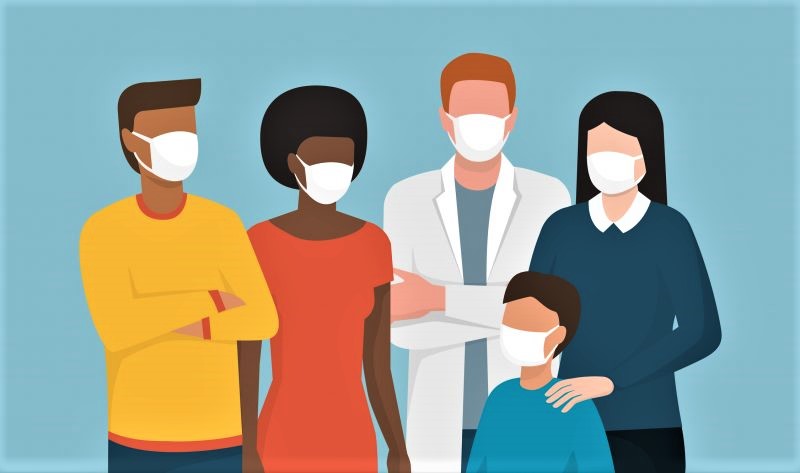
How to Stay Safe When You Return to Practice
Written by: Denise M. Claiborne, PhD, RDH and Muge Akpinar-Elci, MD, MPH with Dimensions of Dental Hygiene on 4/2/2020–
The COVID-19 emerging global crisis will reshape the dental environment and how oral health professionals prepare for patient treatment. Occupational safety and health must be at the forefront of dental facilities during all forms of patient care. Because COVID-19 is a very contagious respiratory illness, it is important to be aware of the mask levels and type needed in the dental setting during any urgent dental care (or during emergency treatments). There are three types of mask levels (1, 2, and 3), which are based on the barrier level and their resistance to fluids. The United States Centers for Disease Control and Prevention (CDC) and National Institute for Occupational Safety and Health (NIOSH) recommend that all healthcare professionals who are providing patient treatment to anyone suspected of COVID-19, or performing treatment that produces aerosols should use the N95 respirator. The N95 respirator provides the optimal protection against small particle aerosols and large droplets. Click here (CDC/NIOSH Understanding the Difference) to learn more about the difference between the surgical mask and N95 respirator. Gloves and proper barrier gowns are other key components of personal protective equipment. The CDC confirms that nonsterile patient examination gloves used for routine care are appropriate for anyone suspected or confirmed to have COVID-19. In terms of barrier gowns, several resources ( CDC/NIOSH Protective Clothing ) are available on the CDC and NIOSH sites that outline the different types of gowns and advise on which is most appropriate to protect healthcare professionals from bodily fluids and bloodborne pathogens. The CDC has also provided interim guidance ( CDC Interim Infection Prevention and Control for Dental Settings) for infection prevention and control in dental settings during the COVID-19 response. Dental hygienists must remain up-to-date on these and future guidelines concerning infection prevention and control. Understanding the global health perspective of current and future infectious diseases will help dental hygienists protect their patients and themselves. As emerging global health crisis arise, patient care needs will change and dental hygienists will be prepared to meet those needs.
Visit the article at: https://dimensionsofdentalhygiene.com/how-to-stay-safe-when-you-return-to-practice/
Photo credit: https://inside.akronchildrens.org/2020/04/01/help-akron-childrens-protect-our-patients-and-staff-with-diy-face-masks/

